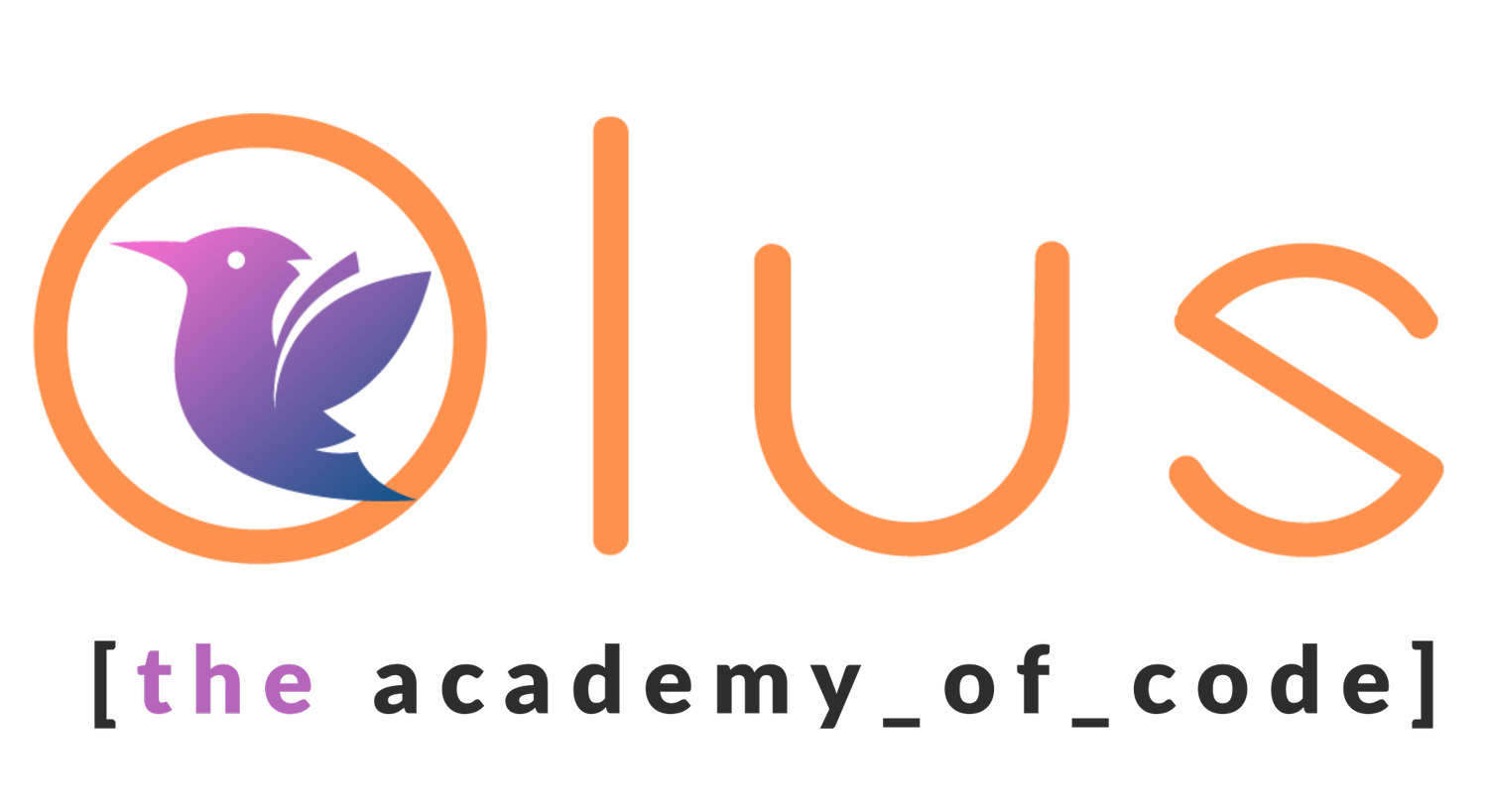This week was exciting for both our beginner/intermediate group and our more advanced cohort. For many of the beginner group this was their first time doing anything that might be called "animation", and they were predictably excited about the prospect! For the advanced students, meanwhile, this week marked the start of their first major, multi-week assignment - more on that further down.
After a recap exercise, which involved using detecting keyboard input and changing the size of a circle in response (which is not nearly as easy as it sounds!) the first group started into their animation with an apparently simple "move the ball across the screen" task. With a bit of help most of them had managed to plough through this by the end of the class, but that's not to say there wasn't a lot going on. Quite the opposite! This task requires students to understand program flow (which means understanding which instructions will execute in what order, and why) as well as making use of variables to store numbers, and accessing those variables to modify them. On top of all that this also requires that they be very careful about their use of brackets. Every '{' must be matched by a '}', and every '(' matched by a ')'.
All this combined means that this bunch of students, many of whom have been with us only five weeks, are now equipped with many of the skills required to produce some really amazing programs. We're all looking forward to seeing how far we can bring them in the next seven weeks!
On to the advanced crew, and their assignment was only just getting into gear this week. They've been tasked with building a "block dodging" game. The player will control a character who moves over and back across the bottom of the screen (think Space Invaders), and dodge blocks which are falling from the top of the screen (think a cross between Tetris and, well, Space Invaders). Early progress has been encouraging, with students successfully crossing some of the first hurdles, and displaying admirable breadth and depth of knowledge. Perhaps next week we will have some early demos to share.








